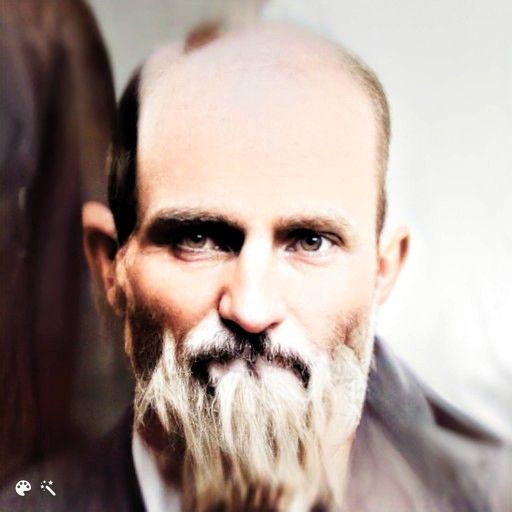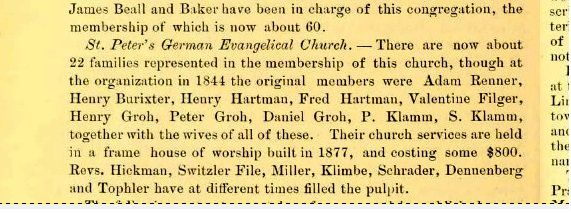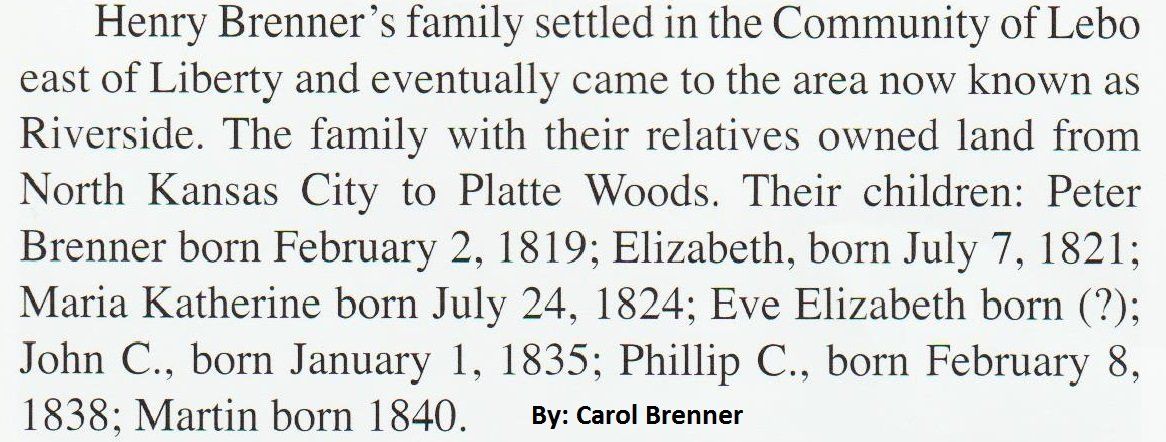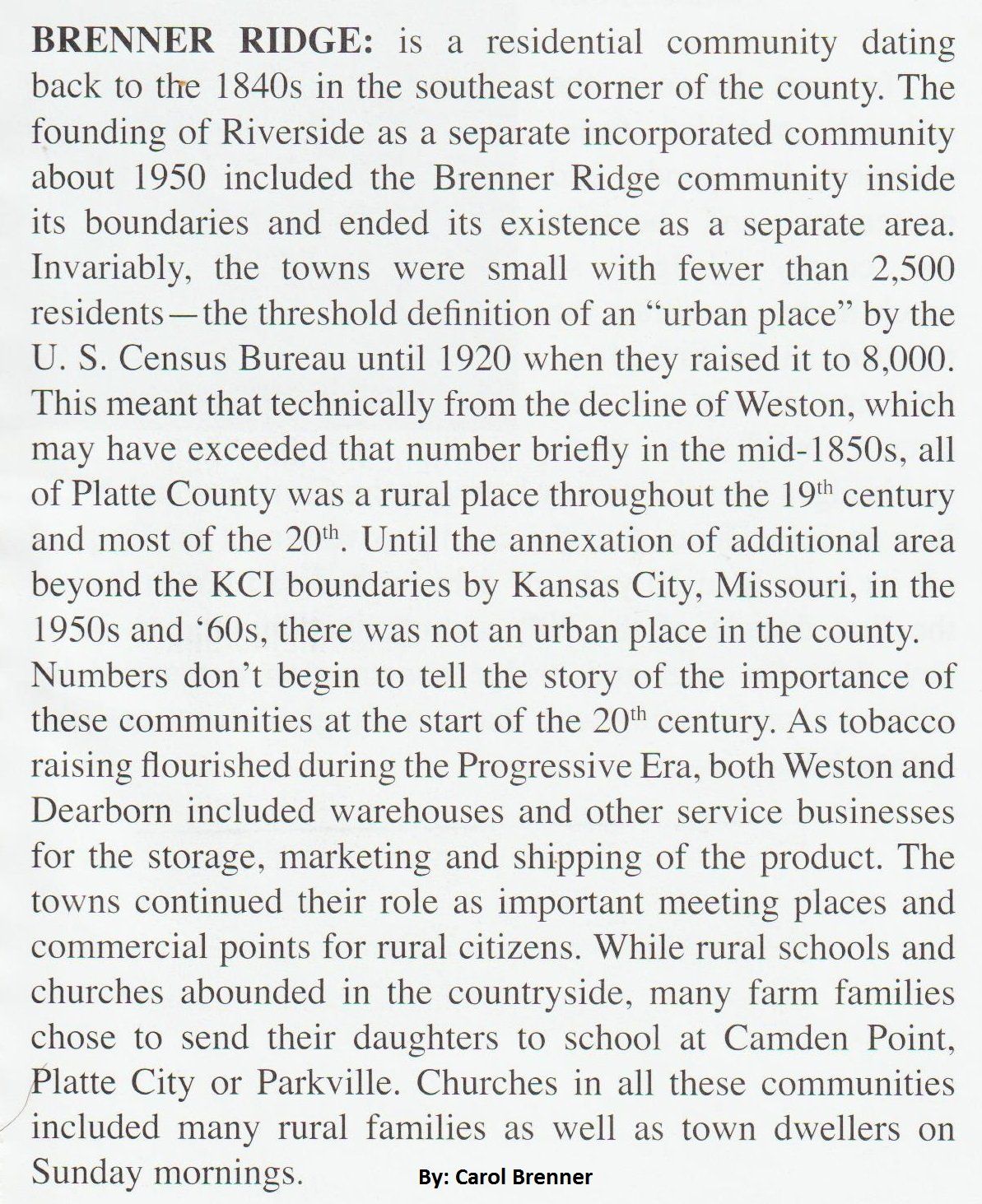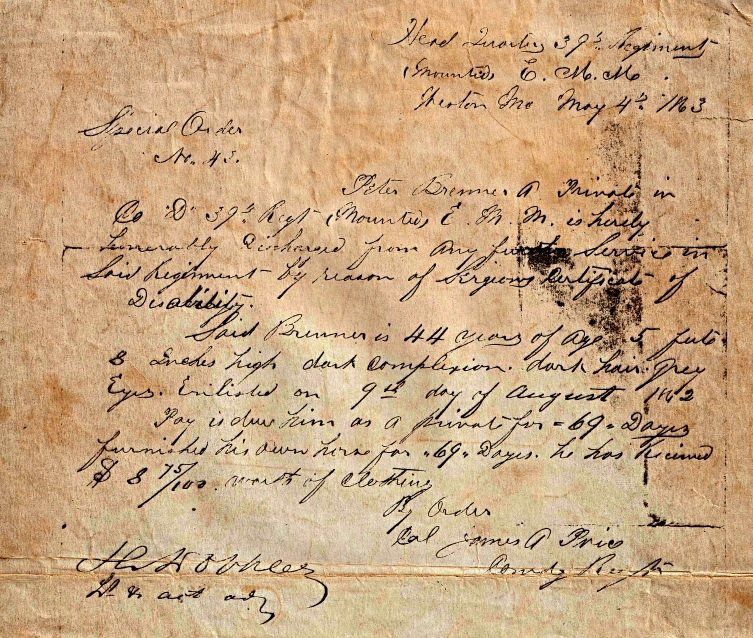Peter Brenner photo taken shortly before his death in 1894. Photo is colorized.
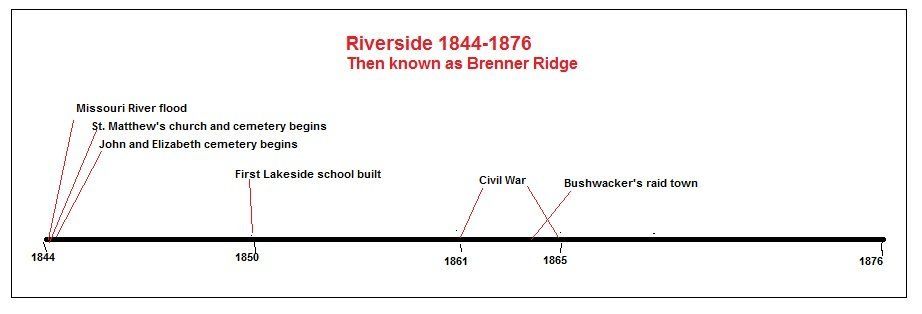
The Great Flood of 1844 crest June 16th. It is the biggest flood ever recorded on the Missouri River and Upper Mississippi River, in North America, in terms of discharge. The adjusted economic impact was not as great as subsequent floods because of the small population in the region at the time. The flood devastation was particularly widespread since the region had few levees at the time, so the waters were able to spread far from the normal banks. Among the hardest hit in terms of mortality were the Wyandot Indians, who lost 100 people in the diseases that occurred after the flood in the vicinity of today's Kansas City, Kansas.


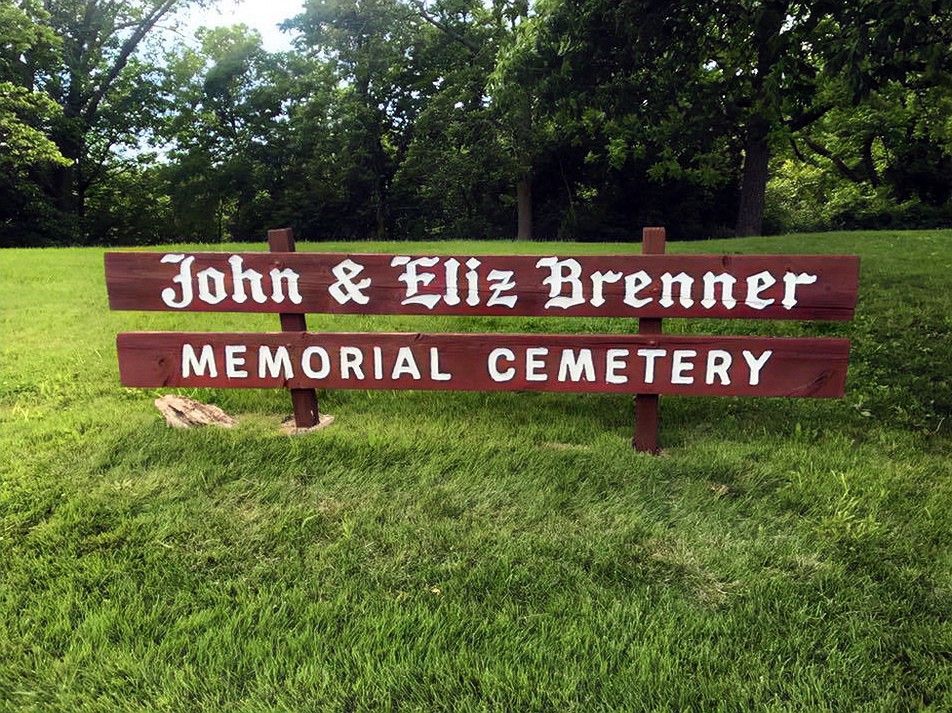
Peter Brenner
Photos of the family trunk of Mary Klamm that sailed with the Brenner's in 1843. It is currenty in possession of Gary Brenner. The initials "CMK" are on the front and are for Carolina Magdelena Klamm, better known as Mary. She married Peter Brenner in 1845. The date, "1843" is also on the front left panel and the initials on the right panel.

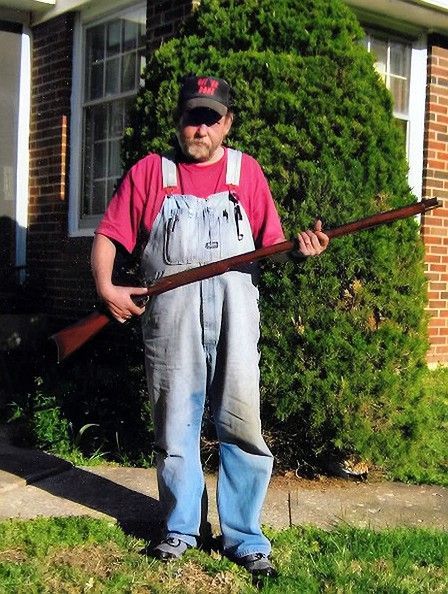
That's me, Gary Brenner, holding my great, great, great grandpa's (Peter Brenner) musket in 2011.

John Peter Brenner
In is later years.
